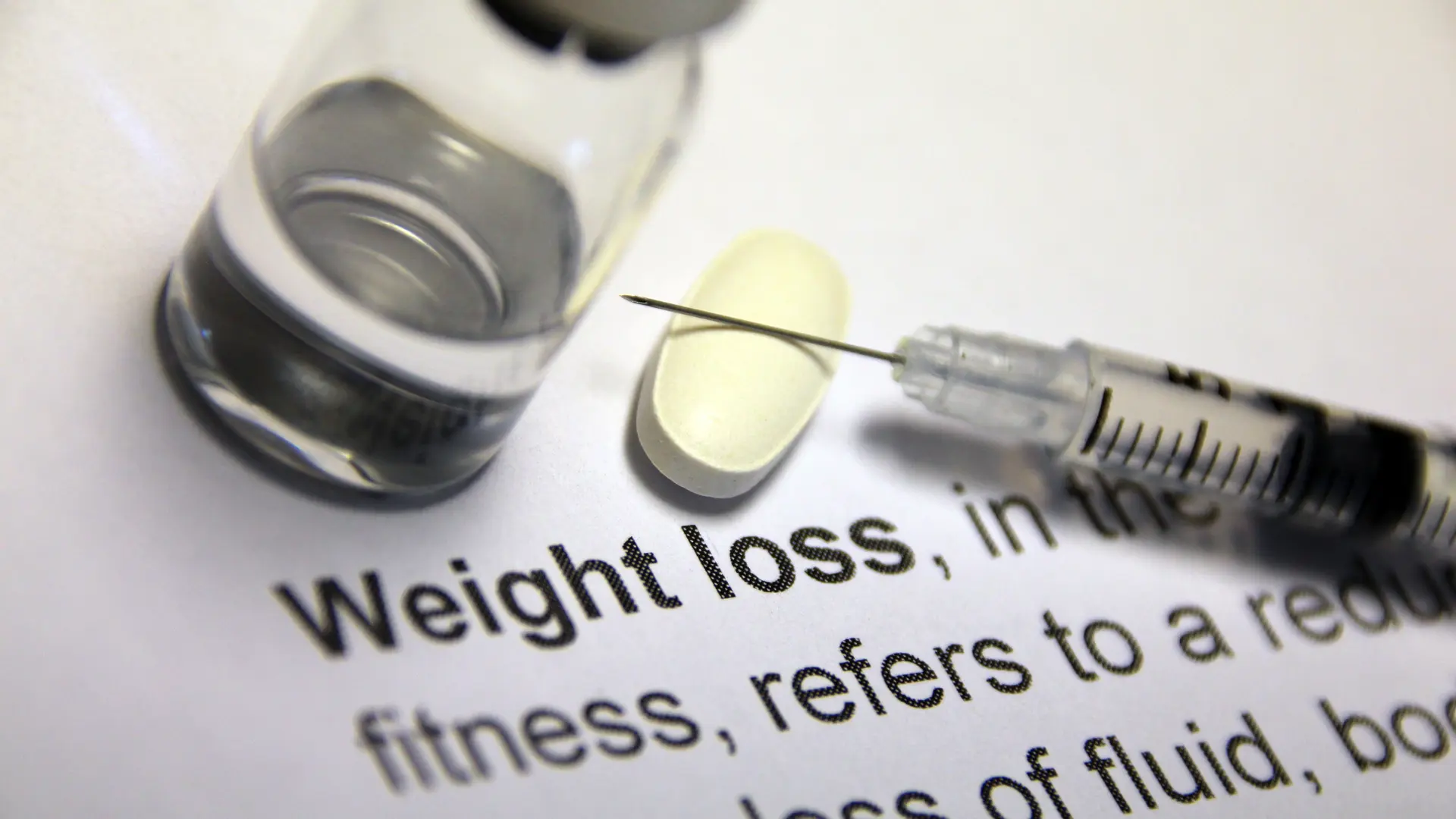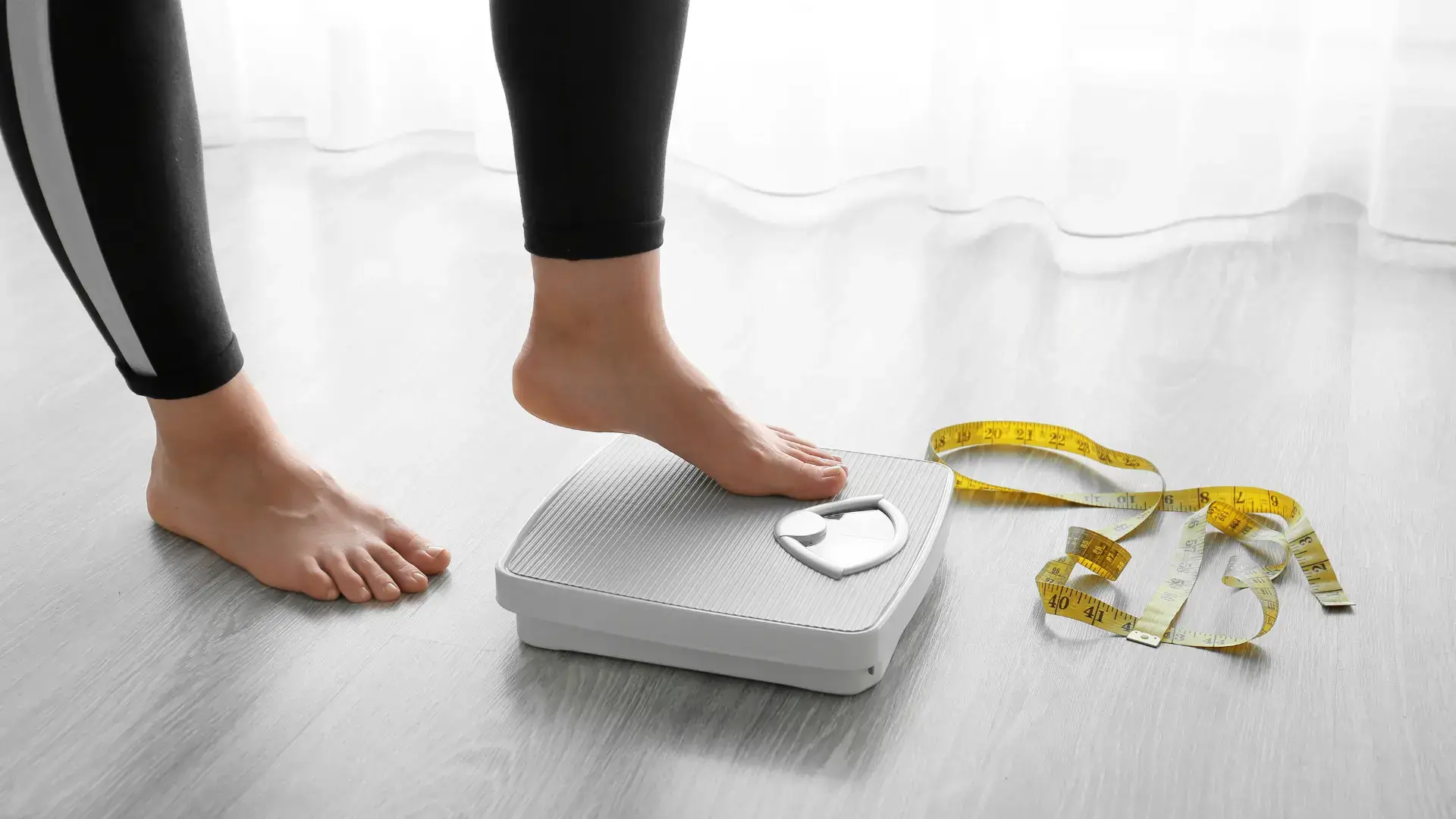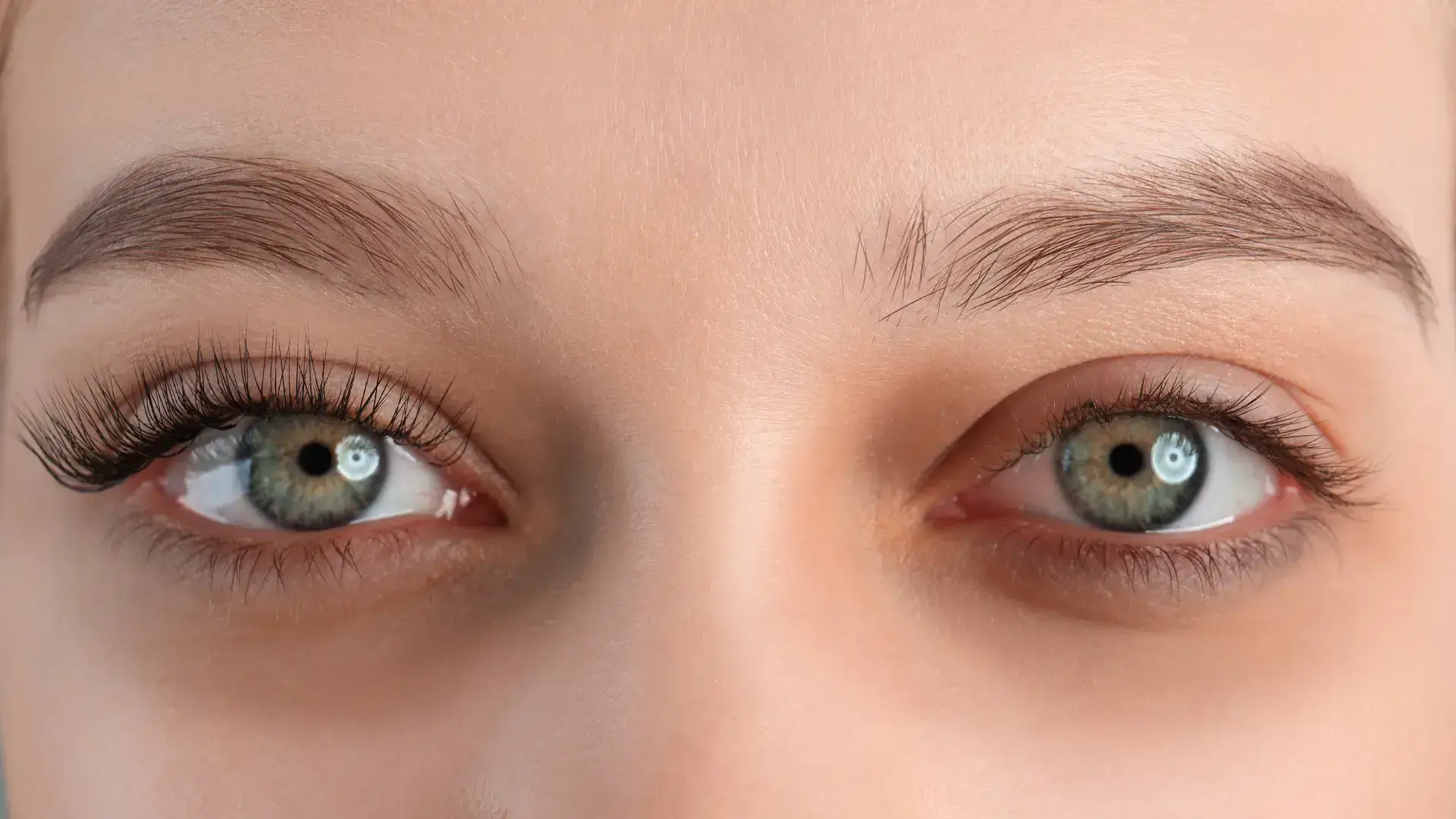According to a recent United Nations Children’s Fund (UNICEF) report, an average of 48% of infants aged 0 to 5 months are exclusively breastfed. This statistic underscores the global prevalence of breastfeeding and highlights mothers’ commitment to providing their newborns with a safe and nutritious source of food through breastfeeding.
Breastfeeding women often face facial concerns such as frown lines or crow’s feet. As they seek safe and effective solutions while breastfeeding, they might consider Dysport. This therapy works by relaxing the muscles, preventing contractions, and smoothing the lines between the eyebrows. Though it can potentially address these aging signs, breastfeeding moms need to be aware of any precautions before receiving this treatment.
This article will explore Dysport and breastfeeding, its safety profile, authorities’ recommendations, and patient counseling to ensure secure therapy.
Key Takeaways
- Dysport neuromodulator injection effectively smooths fine lines and wrinkles and has a few indications for medical conditions.
- Medical professionals may not advise pregnant or breastfeeding women to undergo Dysport injections to prioritize the patient’s safety.
- The US FDA and other regulatory authorities advise against Dysport use during breastfeeding due to a lack of research on its effects.
- A patient-centered approach involves informed consent that discusses Dysport’s benefits and risks in the context of a patient’s values.
- When discussing treatment options, healthcare providers should consider the individual’s needs, priorities, beliefs, and circumstances.
About: Medica Depot is your trusted all-in-one supplier, offering a range of high-quality medical injectables and supplies. If you’re looking to buy Dysport wholesale, our dedicated sales agents can give you proper guidance. We offer a worry-free experience in searching for the best and most popular products on the market. Whether for health professionals, plastic surgeons, dermatologists, licensed estheticians, or other specialists, we can offer genuine, brand-name products you may need. With Medica Depot, we prioritize serving you better to improve the patient’s quality of life.
Understanding Dysport and Its Use in Breastfeeding Women

Dysport is a famous botulinum toxin type A injection used primarily for aesthetic procedures. The neuromodulator injection effectively smooths fine lines and wrinkles and has a few indications for medical conditions. The US Food and Drug Administration has approved Dysport for frown lines, cervical dystonia, and spasticity in adults and pediatric patients.
Medical professionals widely use Dysport injection for its approved indications. They also use Dysport to address other facial aging signs like crow’s feet and Dysport on forehead lines. Additionally, some practitioners utilize this injection therapy for off-label uses, such as Dysport for TMJ, hyperhidrosis, etc.
While breastfeeding women may want to undergo Dysport injections for their aesthetic or medical concerns, it’s worth noting that this treatment needs further research and evidence for its safety and efficacy on lactating women. The US FDA has not approved Dysport’s use in pregnant women, breastfeeding women, and children below 18 years.
Transfer of Dysport Toxins into Breast Milk
Research on the transfer of Dysport toxins into breast milk is limited, requiring further clinical evidence to show the significance. According to Kidoneo, intramuscular use indicates a lower probability of Dysport toxins being excreted in breast milk. However, providers and patients must thoroughly discuss the therapy’s potential risks, benefits, and procedures.
While specific studies are not readily available online, medical professionals know about the potential side effects that Dysport can cause on nursing infants. They may not advise pregnant or breastfeeding women to undergo Dysport injections to prioritize the patient’s safety. Nonetheless, the reported common side effects of Dysport are as follows:
- Nose and throat irritation
- Headache
- Injection site pain
- Injection site skin reaction
- Upper respiratory tract infection
- Eyelid swelling
- Eyelid drooping
- Sinus inflammation
- Nausea
Breastfeeding women may consider Dysport injections for their treatment; however, due to the lack of definitive safety data, they must consult their trusted healthcare provider. Patients must understand the procedure’s risks, potential side effects, and benefits to make informed healthcare decisions.
Recommendations from Regulatory Authorities and Professional Organizations

Regulatory authorities and professional organizations provide guidelines on using Dysport during breastfeeding. They emphasize the importance of patient counseling, informed consent, and careful treatment timing.
The US FDA and other regulatory authorities advise against Dysport use during breastfeeding due to a lack of research on its effects. This treatment requires more data on Dysport’s safety and effectiveness in breastfeeding women.
Meanwhile, information about medical organizations is limited, but they may recommend that mothers postpone cosmetic procedures like Dysport until they finish breastfeeding. Medical professionals should provide clear advice on Dysport’s safety during breastfeeding.
Patient Counseling and Informed Decision-Making
Patient counseling is crucial for breastfeeding women considering Dysport injections. It involves providing comprehensive information about the treatment, potential risks, and alternatives, ensuring they are well informed and can make decisions that align with their health priorities.
A patient-centered approach involves informed consent that discusses Dysport’s benefits and risks in the context of a patient’s values. Furthermore, discussing Dysport’s potential risks and benefits, such as possible side effects, treatment outcomes, and alternatives, helps patients make informed decisions about their treatment.
Alternative Treatment Options for Breastfeeding Individuals

Breastfeeding individuals should consider cosmetic procedures as alternatives to Dysport. When discussing treatment options, healthcare providers should consider the individual’s needs, priorities, beliefs, and circumstances. This ensures that the patient’s decision is voluntary and well-informed.
- Non-invasive Cosmetic Treatments: Non-surgical aesthetic treatments like dermal fillers, chemical peels, and skin resurfacing therapies are potential alternatives. However, the safety of these treatments during breastfeeding is not entirely known.
- Therapeutic Alternatives: Therapeutic alternatives to Dysport include other neuromodulators and hyaluronic acid-based fillers. However, the safety and efficacy of these alternatives during breastfeeding need further research.
Conclusion
Dysport is a widely used neuromodulator in aesthetic and medical treatments, which presents a complex scenario for breastfeeding women. It may be best for them to postpone their treatments, as Dysport for breastfeeding emphasizes the need for more data on its safety and effectiveness.
Furthermore, patient counseling plays a crucial role in this context, ensuring that breastfeeding women are well-informed about the implications of Dysport injections. Exploring alternative treatment options, considering individual needs and circumstances, and making informed decisions are essential. Ultimately, the safety of both mother and child should always be the priority.
FAQs
1. Can breastfeeding women undergo Dysport injections for facial concerns?
There is a lack of definitive safety data on the use of Dysport in breastfeeding women. Therefore, patients should consult with a healthcare provider before considering Dysport injections.
2. What are the potential side effects of Dysport injections?
Common side effects of Dysport include headache, injection site pain, eyelid swelling, and nausea. However, discussing potential risks and benefits with a healthcare provider is essential.
3. Are there alternative treatment options for breastfeeding individuals with facial concerns?
Breastfeeding individuals can consider non-surgical aesthetic treatments like chemical peels, microneedling, and laser therapy as alternative treatment options. However, patients should make the final decision after consulting a healthcare provider.
References
- Breastfeeding. (n.d.). UNICEF DATA. Retrieved May 8, 2024, from https://data.unicef.org/topic/nutrition/breastfeeding/#resources
- HIGHLIGHTS OF PRESCRIBING INFORMATION. (n.d.). In Dysport USA. www.dysportusa.com. Retrieved May 8, 2024, from https://www.dysportusa.com/PI









